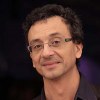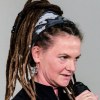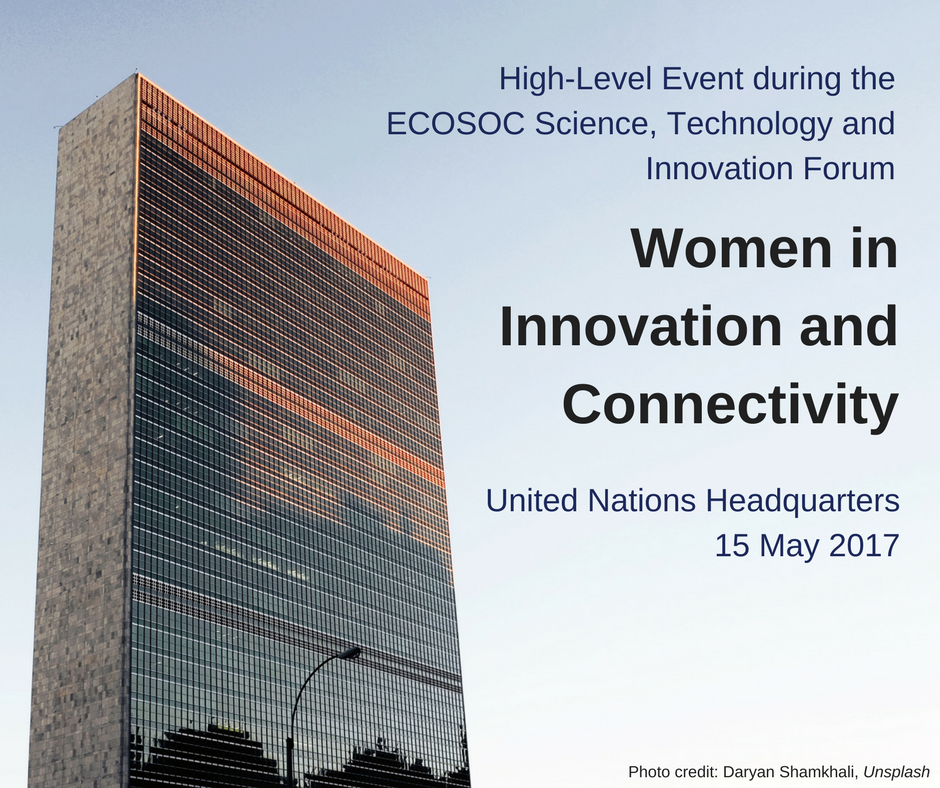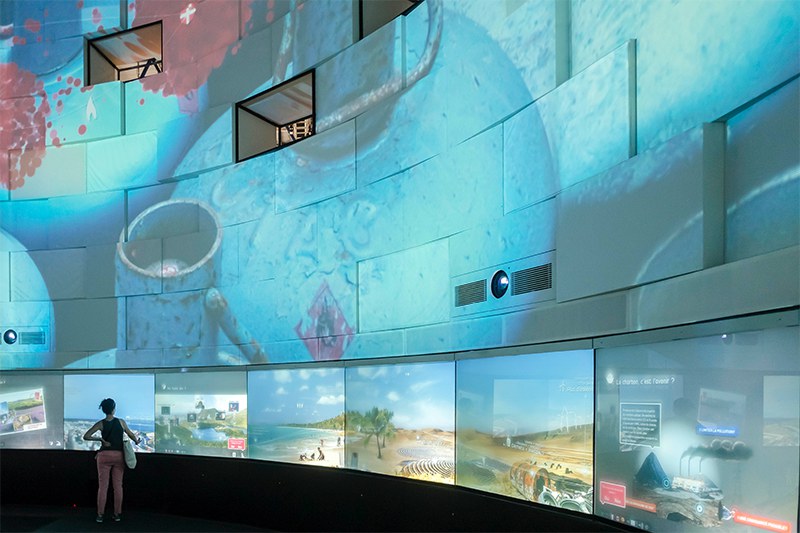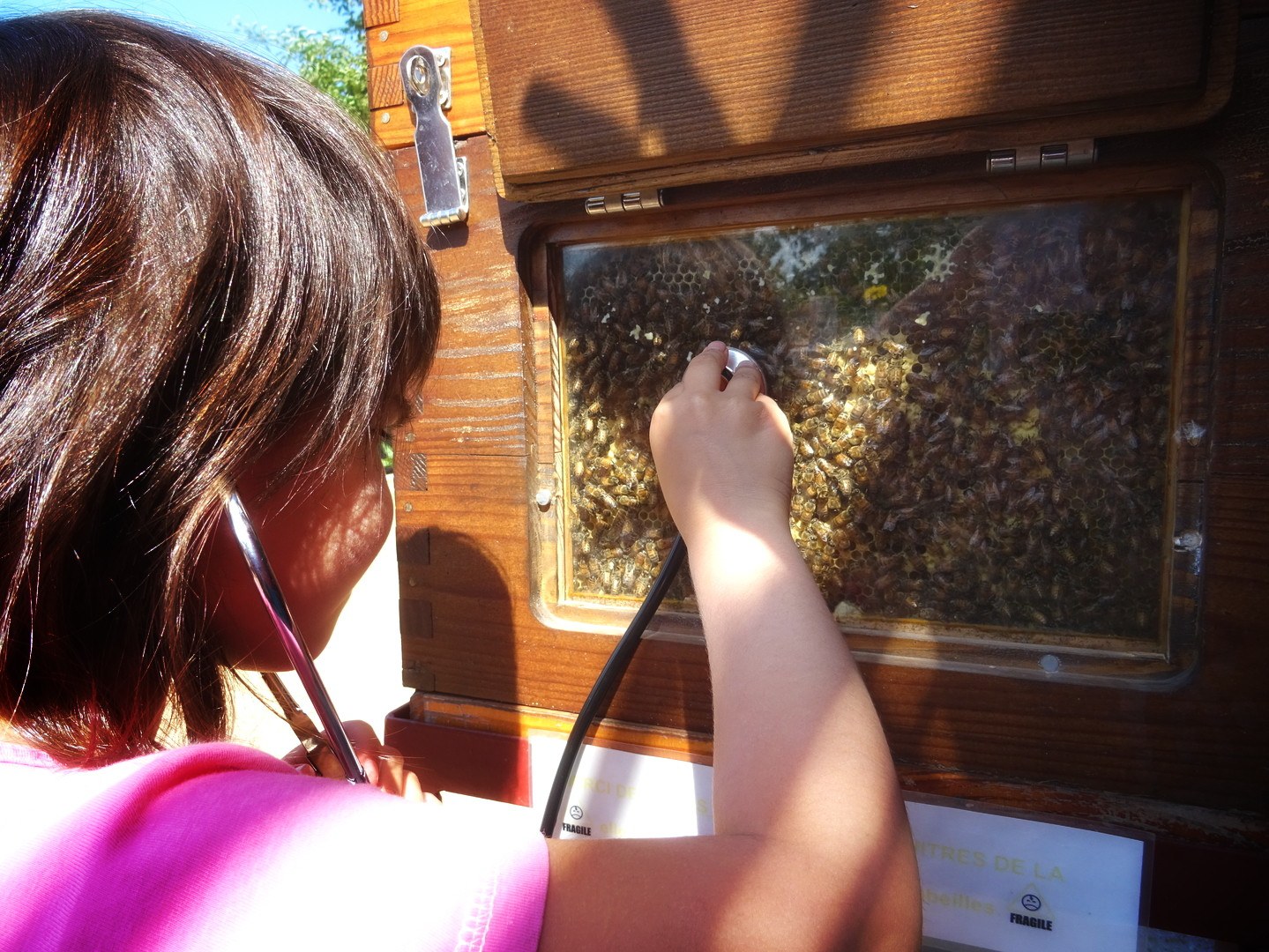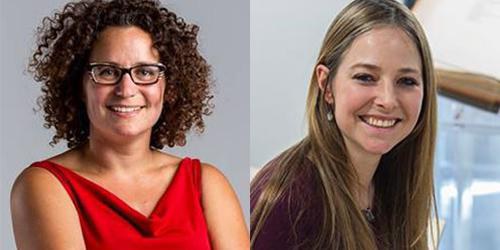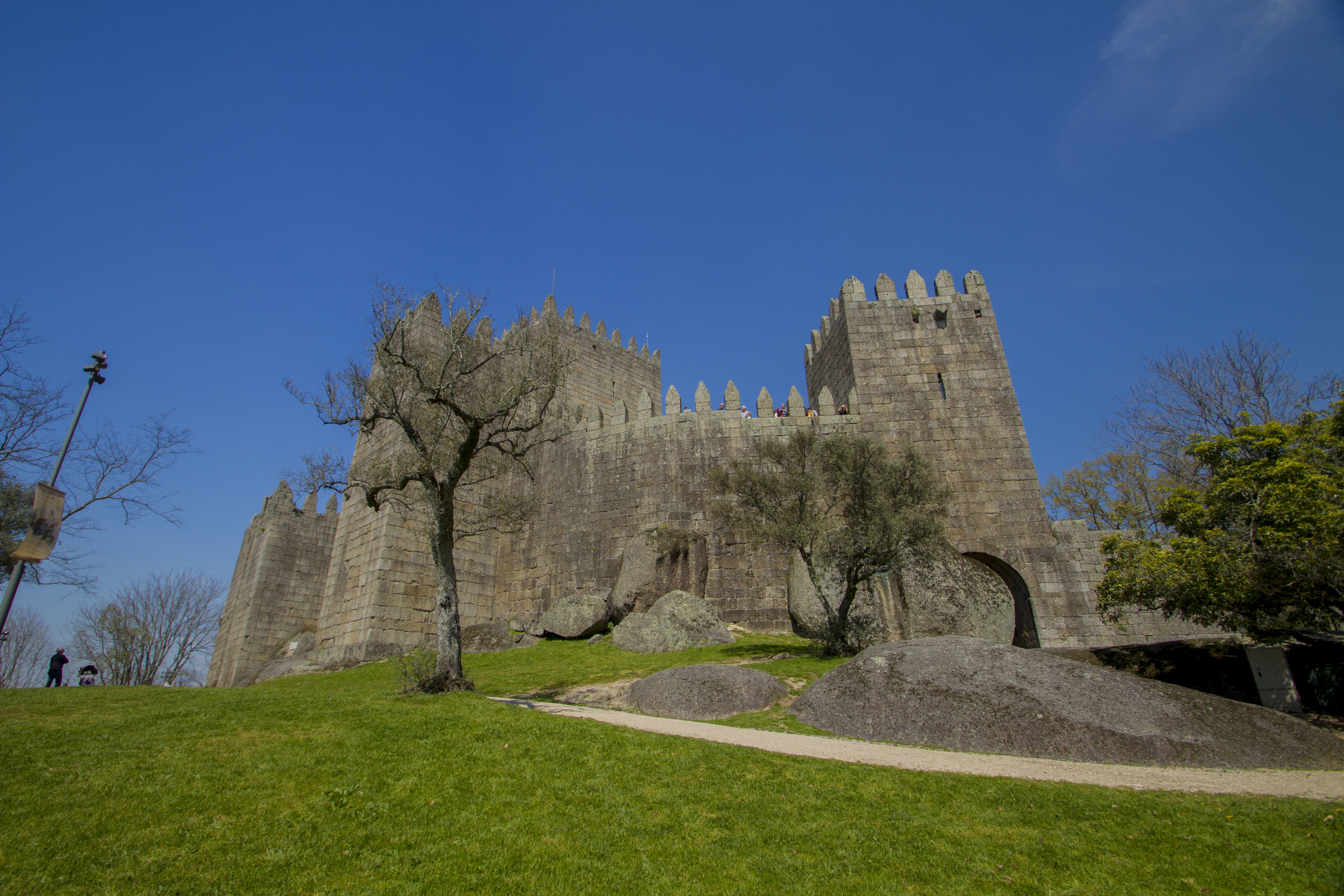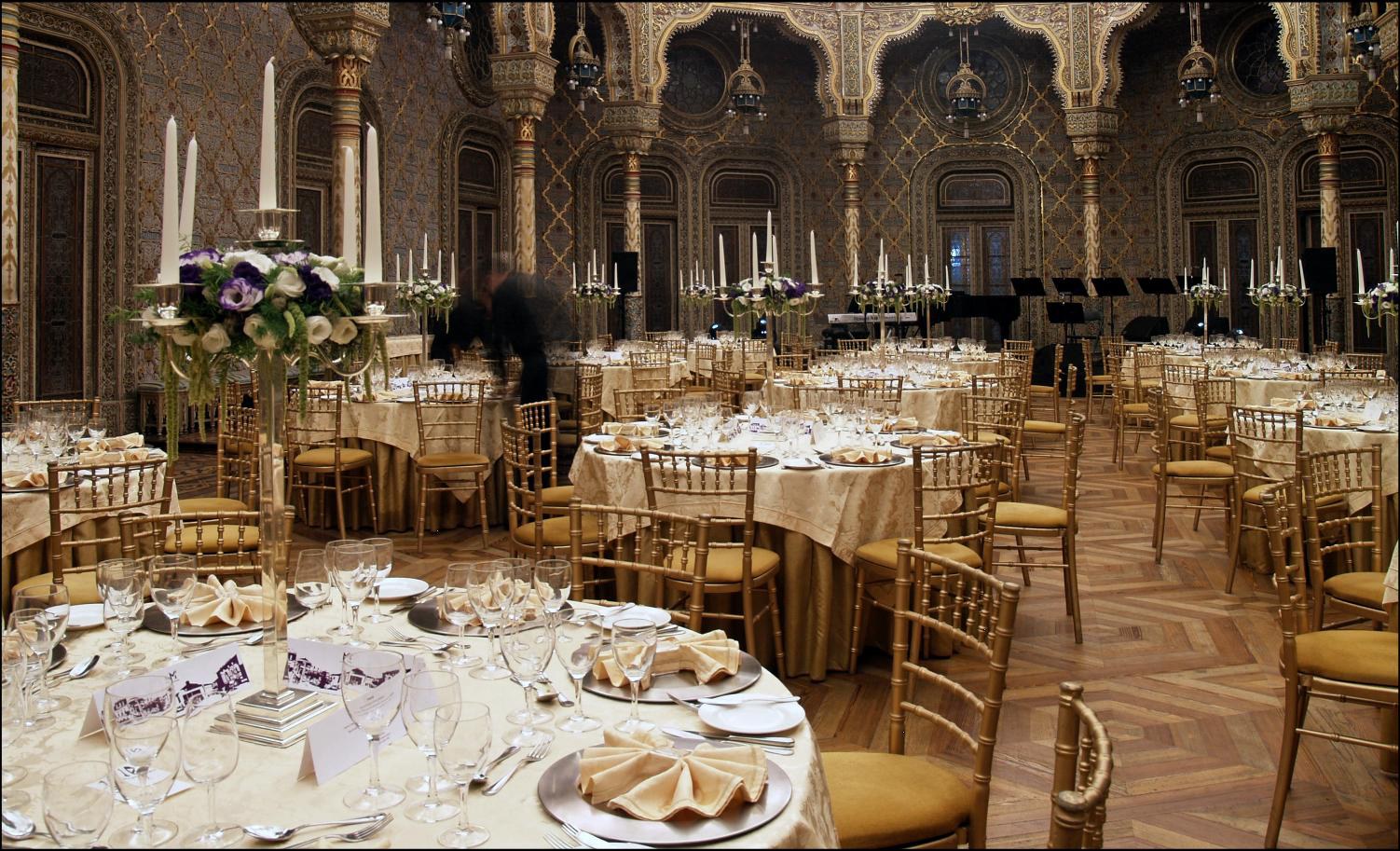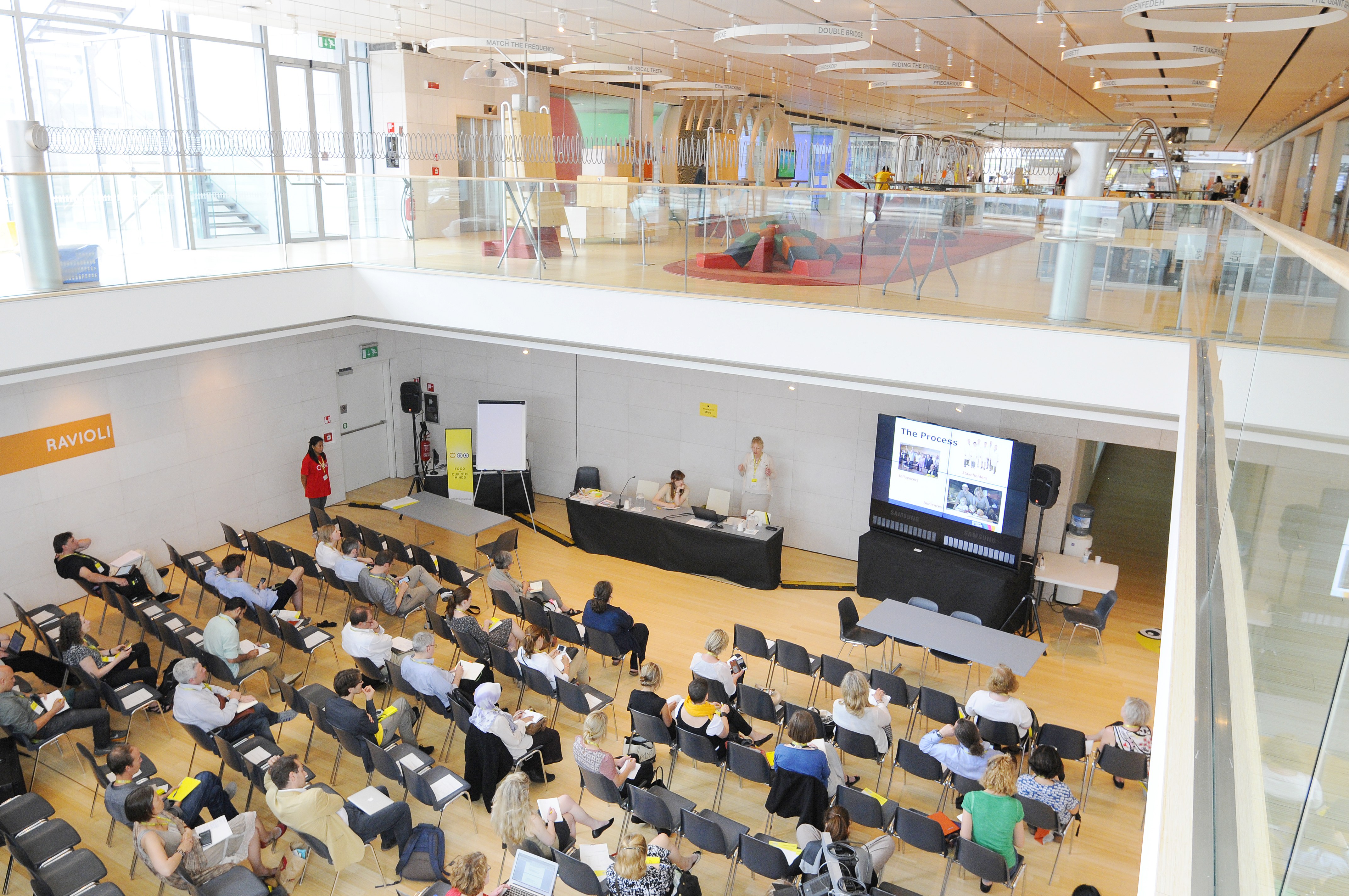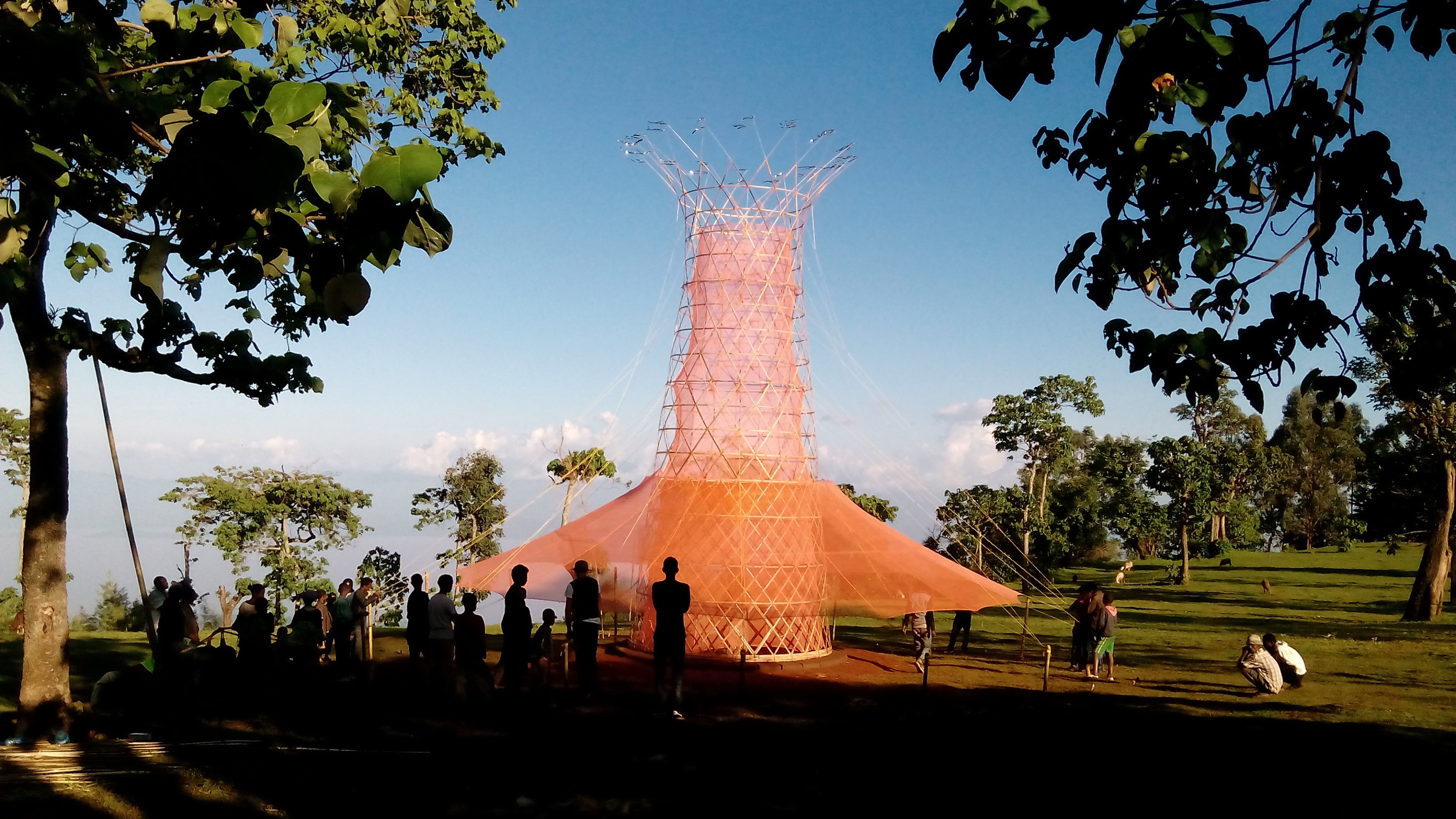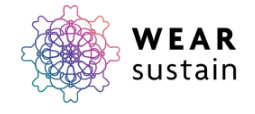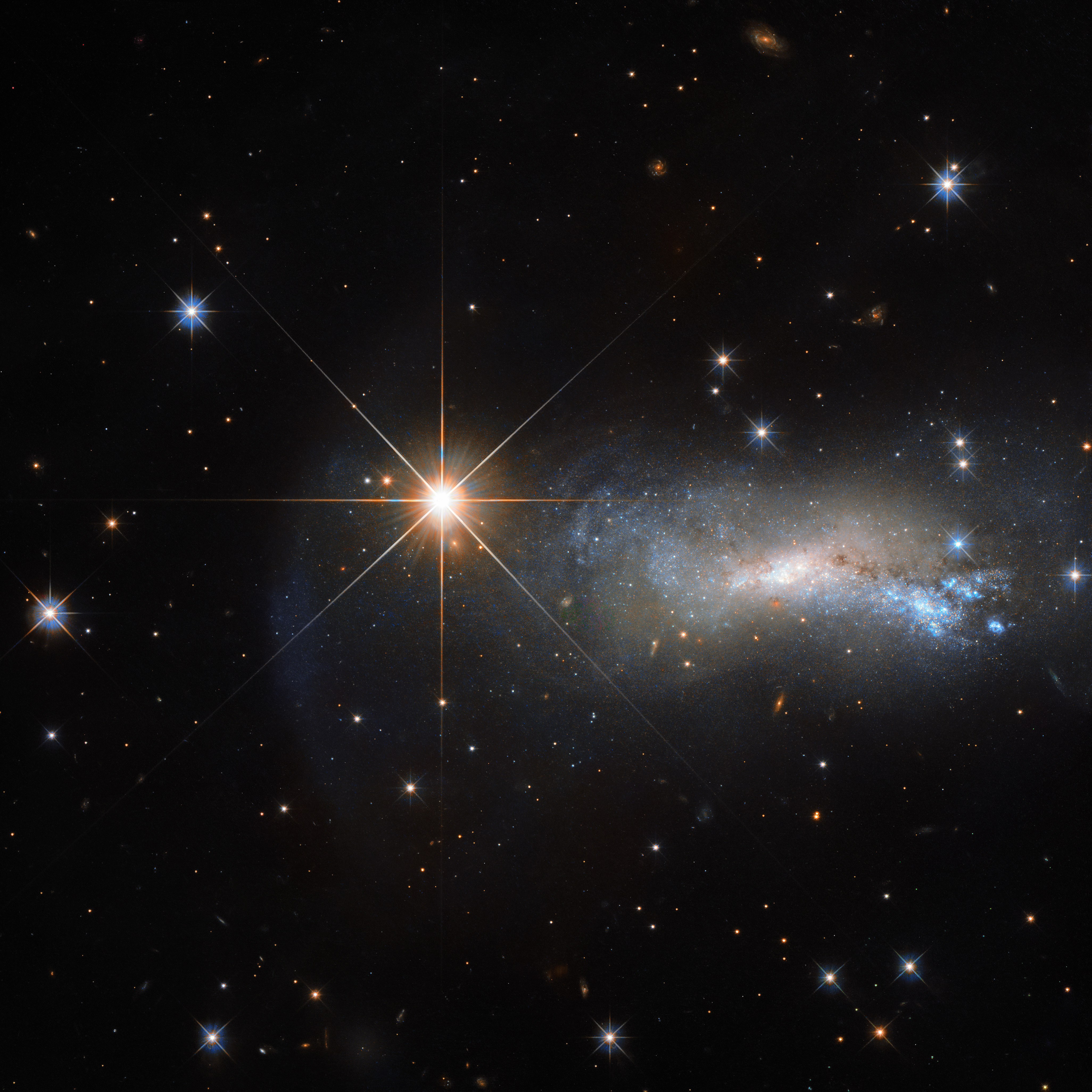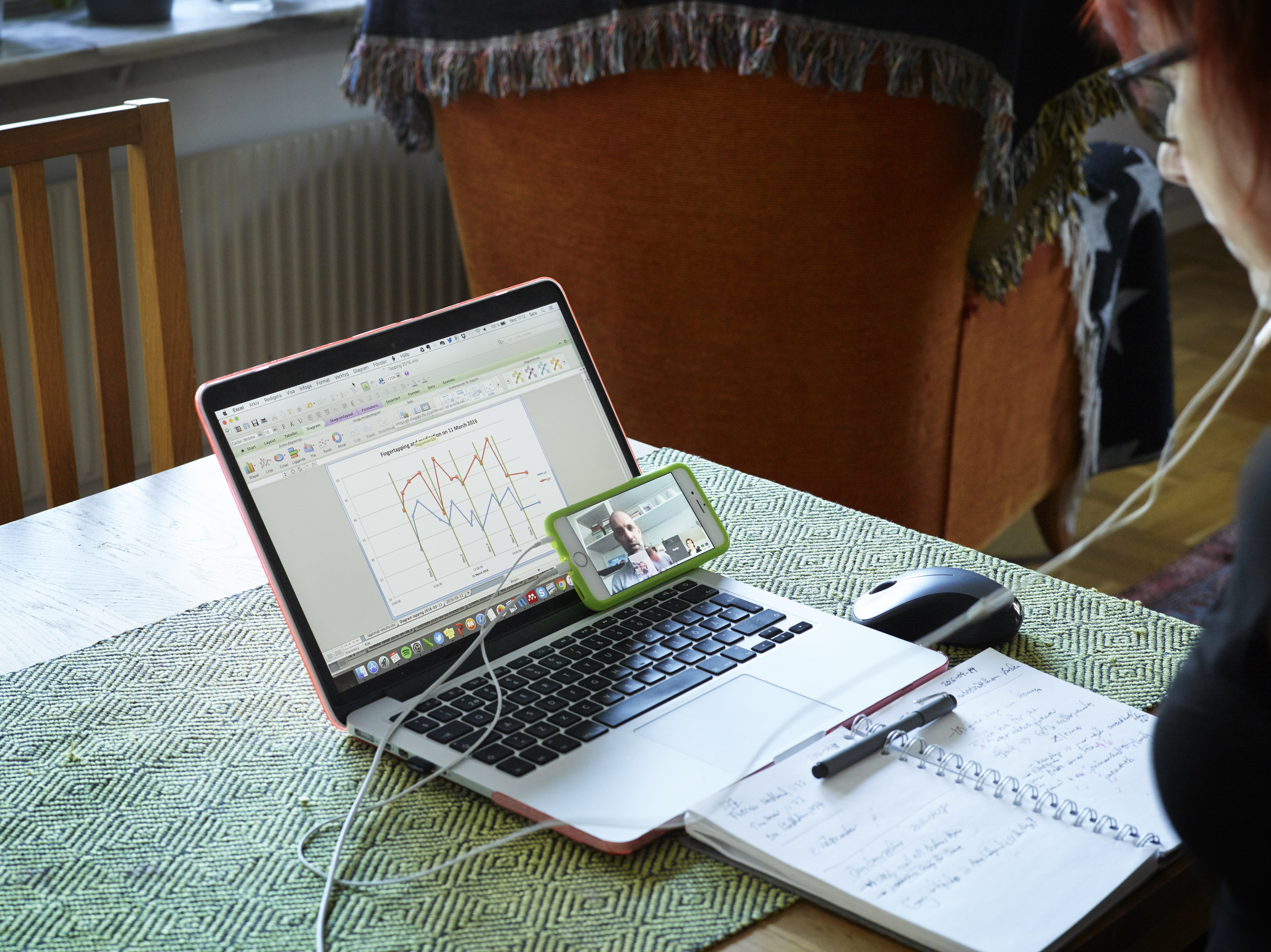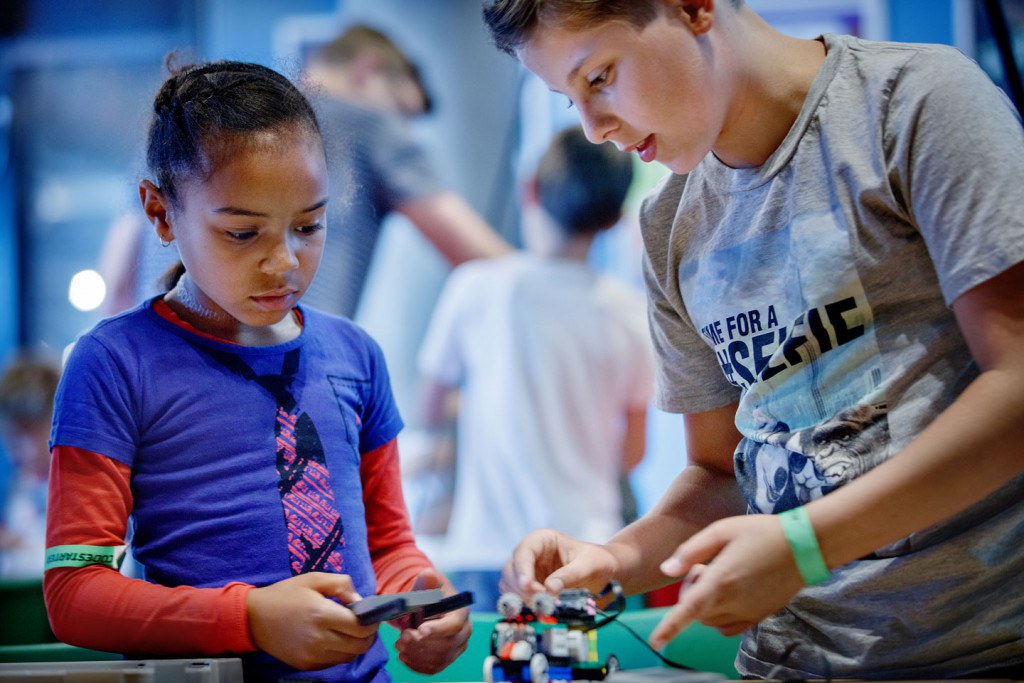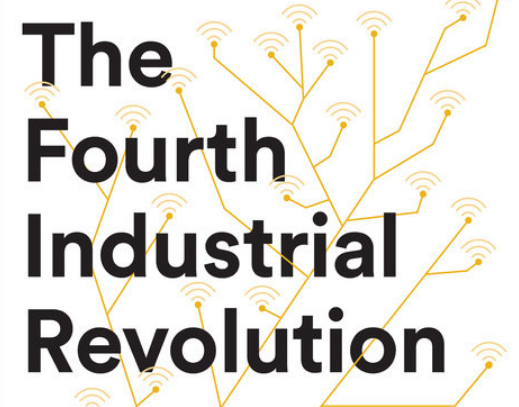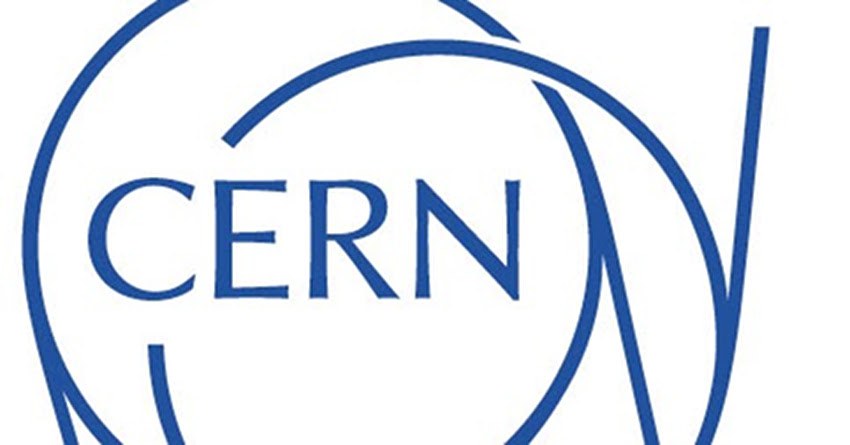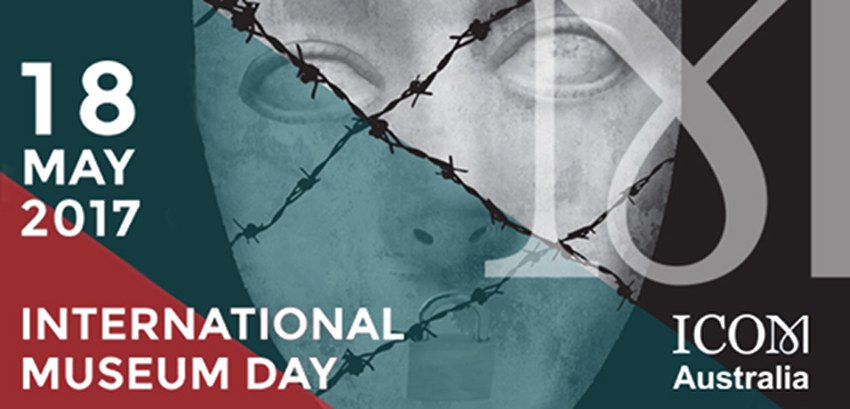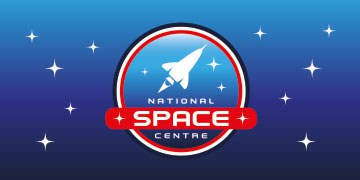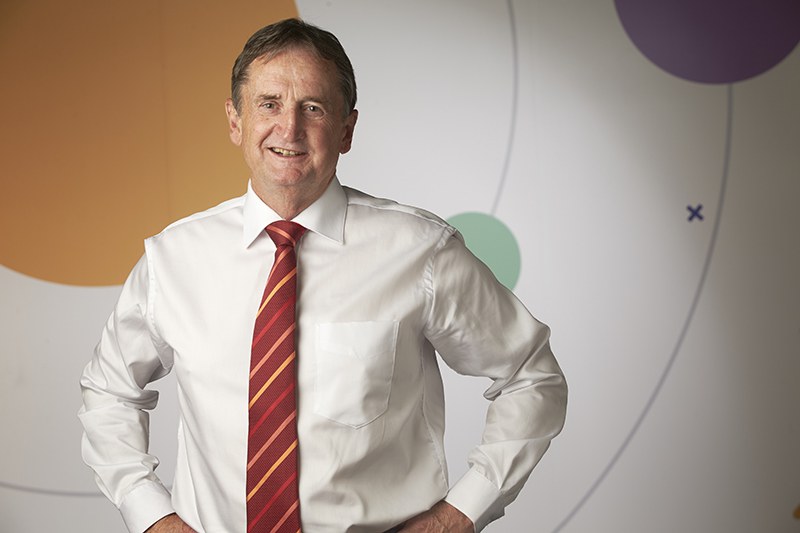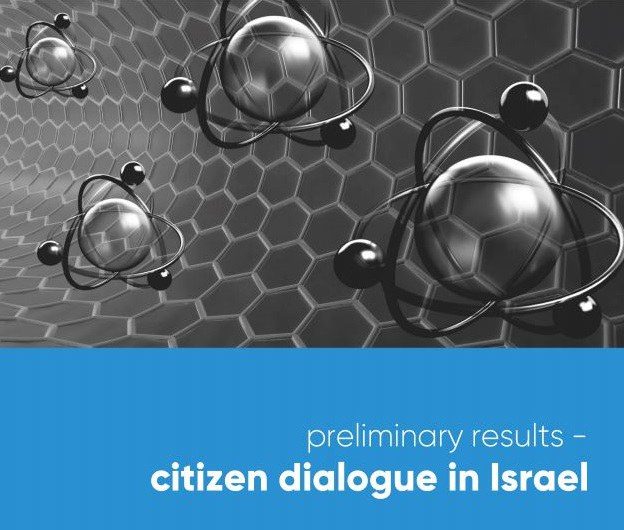Ecsite thanks the writers who have generously contributed to this issue of Spokes. Have an idea for Spokes? Check out the contributors' guide and get in touch.
Spokes is the monthly digital magazine of Ecsite, the European network of science centres and museums. It is put together by the Spokes Editorial Committee:
Maarten Okkersen, Head of Communication and Marketing, Museon, The Hague, Netherlands – Chairperson
Julie Becker, Communications and Events Manager, Ecsite, Brussels, Belgium – Editor
Andrea Bandelli , Executive Director, Science Gallery International, Dublin, Ireland
Raphaël Chanay, Exhibitions and Interpretation Manager, Natural History Museum, London, UK
Marie Couëdic, Communications and Events Intern, Ecsite, Brussels, Belgium
Raquel da Cunha, Events and Communications Officer, Ecsite, Brussels, Belgium
Bárbara Dias Teixeira, Communications and Events Intern, Ecsite, Brussels, Belgium
Wiktor Gajewski, Science and Art Events Director, Copernicus Science Centre, Warsaw, Poland
Aliki Giannakopoulou, Project Manager, Ellinogermaniki Agogi, Pallini, Greece
Antonio Gomes da Costa, Independent Consultant - Science Communication and Education, Lisbon, Portugal
Gema Revuelta, Associate Professor, Universitat Pompeu Fabra, Barcelona, Spain
Maria Xanthoudaki, Head of Education and International Relations, Museo Nazionale della Scienza e della Tecnologia Leonardo da Vinci, Milan, Italy
Responsible editor: Catherine Franche, Executive Director for Association européenne des expositions scientifiques, techniques et industrielles, aisbl
Frequency: monthly since April 2015 - issue 30, May 2017
Copyright: reproduction in whole or in part of any article in this magazine is prohibited without permission from Ecsite



